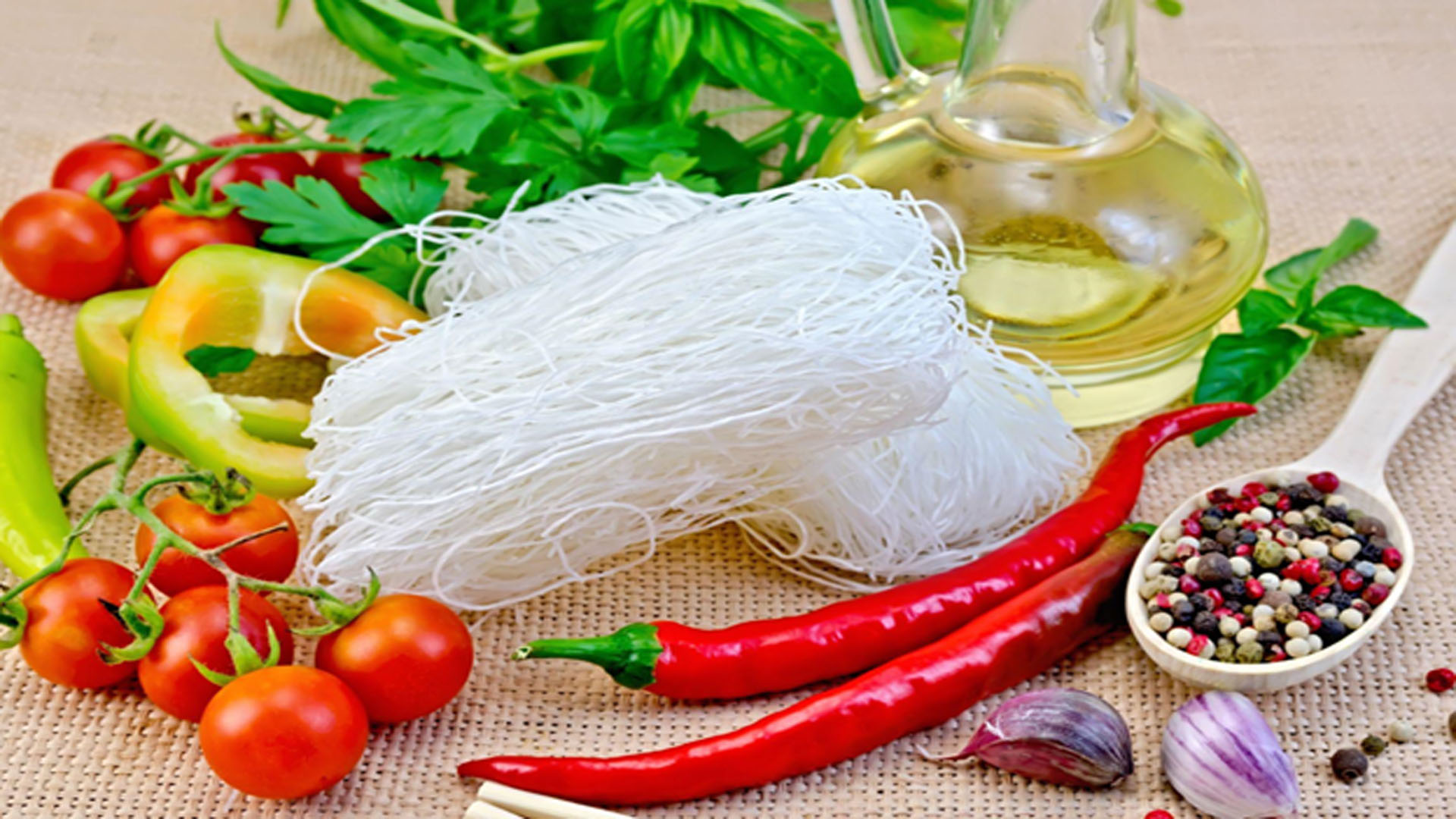Filipinos are very much fun-loving creatures, from every town’s fiesta to annual family reunions, and even holiday family dates, we’re all present. In those happy moments, food is definitely present — especially pancit.
Pancit (spelled in Filipino as ‘pansit’) is a Filipino version of China’s traditional noodle dish. While every Philippine region has its own style when making pancit, it’s typically a mix of noodles (whether it’s bihon, canton, udon, etc.) together with vegetables and meat, seasoned with pepper and soy sauce.
As a family favorite, pancit had probably been served at your table at least once. Your aunts, at one point, surely offered you a plate of it from one of your Christmas parties. You may have also heard your grannies talk about eating pancit blesses you with a long life.
You may have asked yourself at one point — why in the world do Filipinos think that pancit is all about a long life? Well, it started from our history with the Chinese traders back in old Manila.
Chinese traders, whom Spaniards have regarded as ‘Sangleys’, have been in the Philippines since the 9th Century AD — much earlier than the arrival of the Spaniards in 1521.
The term ‘sangley’ came from the word ‘hiang’ and ‘lay’ which translates to “traveling merchants”.
With Sangleys trading and socializing with ‘Indios’ — the Filipinos back then — the Chinese culture has naturally been absorbed by Filipinos, including their food and its symbolisms.
In history, Chinese tradition had always believed that food is something offered to the Gods. When a person offers food to anyone, it is — needless to say — a sign of thanksgiving, good luck, progress, and wealth.
In other words, pancit meant well-wishes to someone.
Because of this, Sangleys also believed that offering or selling pancit dishes to others will grant them, their families, and their businesses a prosperous and long life.
Naturally, this belief trickled down to the Indios of that time, resulting in the notion that offering pancit meant a good, healthy, and long life — which obviously has remained until today.
As Sangleys became more prominent in Manila and the culture influenced more Indios, more places who sold pancit emerged.
People called it ‘Panciteria’ back then, a take-out place for pancit dishes. They reside mostly in Binondo and Tondo — where the country’s Chinatown is now found.
As more places emerged through time, more and more Filipinos were exposed to the same beliefs that the Sangleys had. In the end, the beliefs were passed from one generation to the next.
Due to the common beliefs of Indios and Sangleys about pancit, the dish was eventually used to celebrate or offer well-wishes to different types of activities and festivities in the Philippines.
It is served to comfort people in mourning during wakes for the dead. On the other hand, pancit is also served to celebrate birthdays for wealth and a long life, or religious activities, such as during Holy Week, or La Naval Processions in Quezon City.
At present, pancit has long been entrenched in Philippine culture, with generations after generations passing their own tradition and beliefs about pancit.
Every Filipino child may have heard, at least once, their older relatives speak about pancit and long life. This is why these long-standing beliefs are tied in every Filipino’s family culture, indicating their strong familiarity and closeness with Chinese history in the Philippines.
For as long as time comes, the history of pancit and Filipinos’ closeness to Chinese culture will surely continue throughout the next Filipino generations — especially with the prominence of Chinoys throughout the country.
At the end of the day, pancit is served to celebrate a good life and make good wishes to everyone who eats the dish. So the next time you see pancit on the family table, make sure to wish your titas, titos, lolos, and lolas a wealthy, lucky, and long life.
Find out more of these stories at http://thephilippinepost.com or you can visit http://thevisayasjournal.com/ for the latest news and updates.




